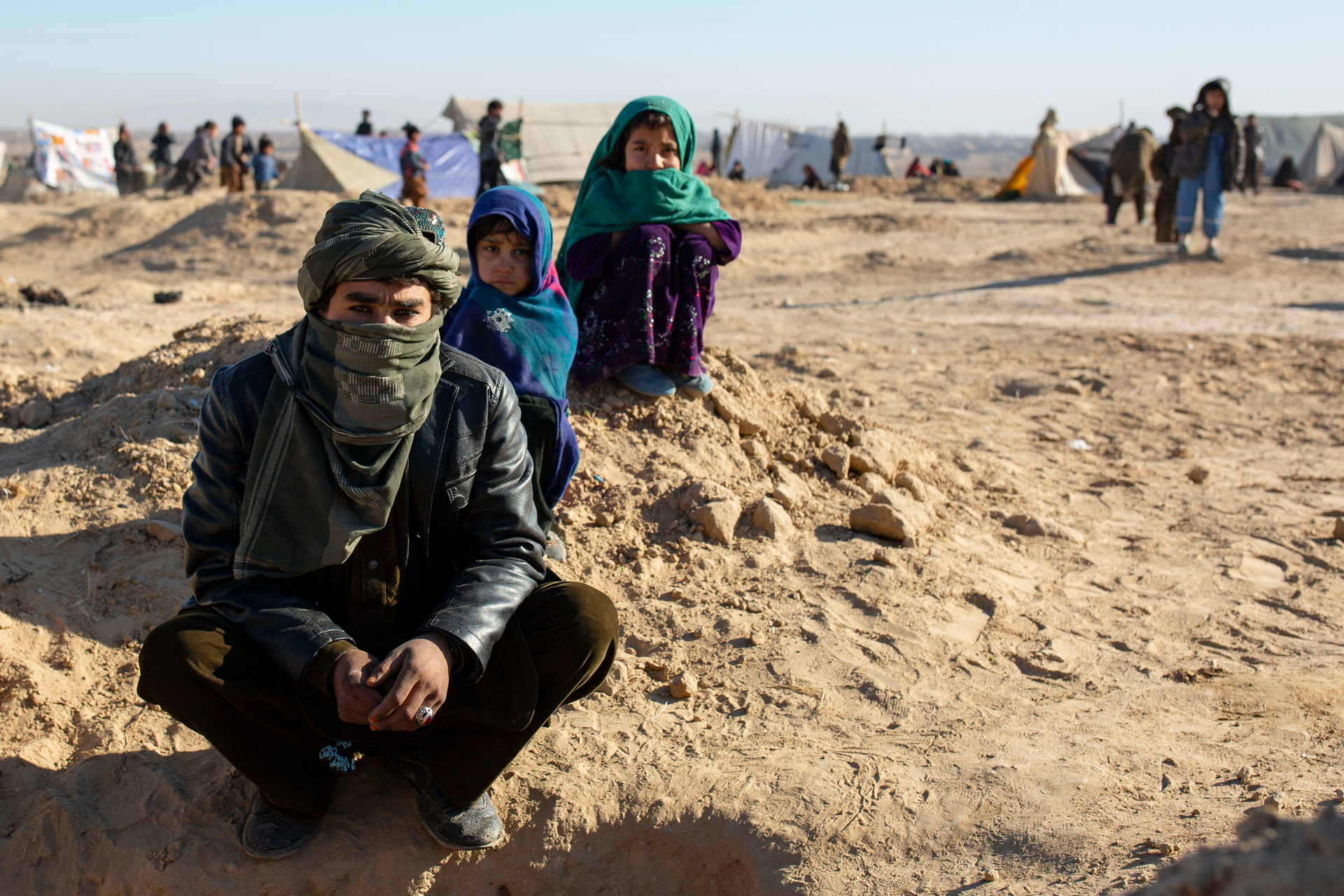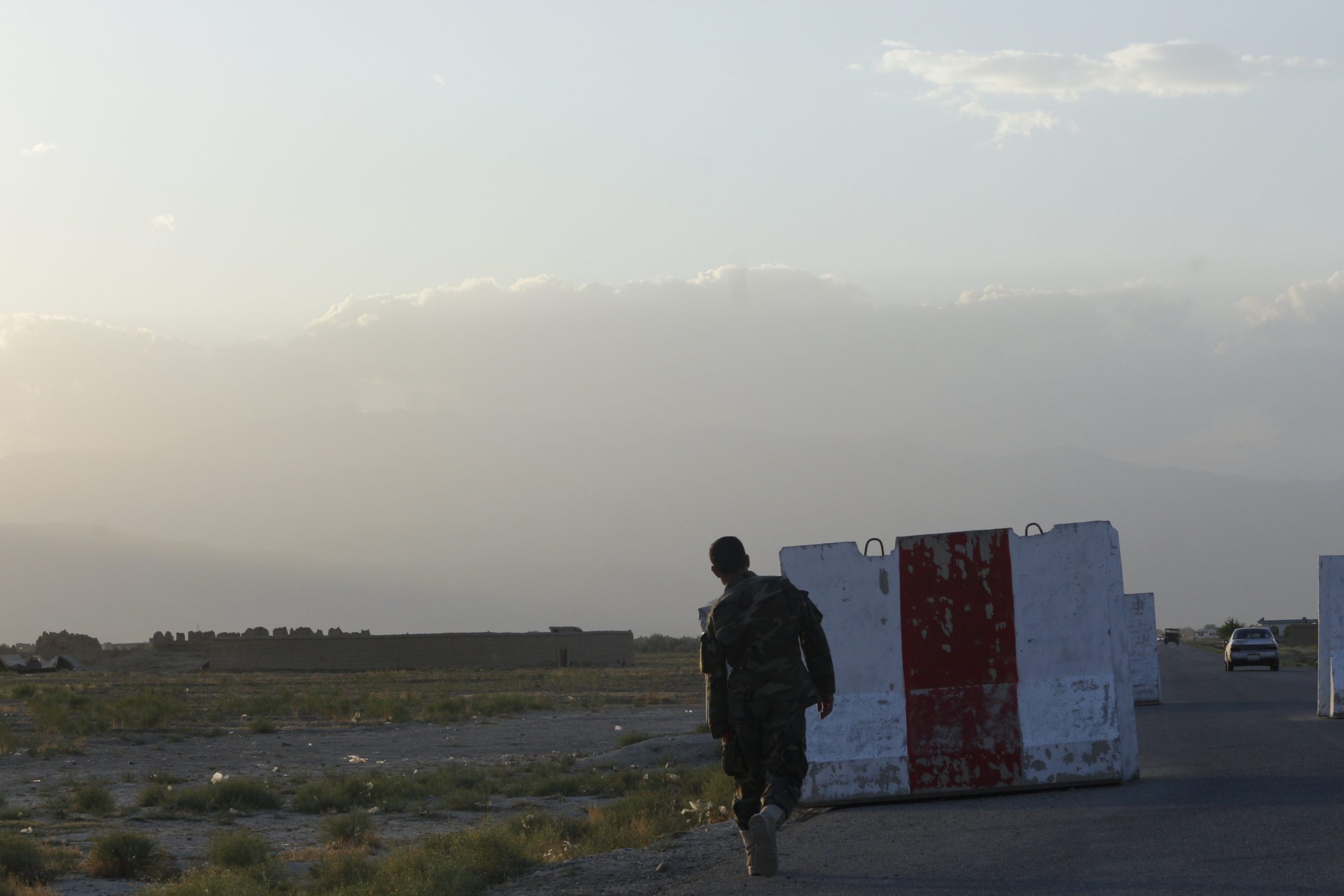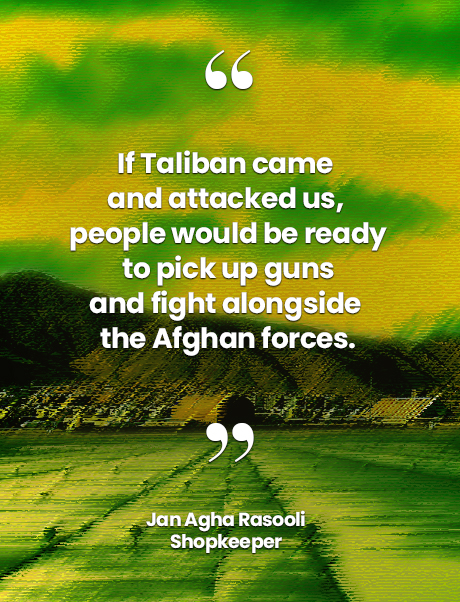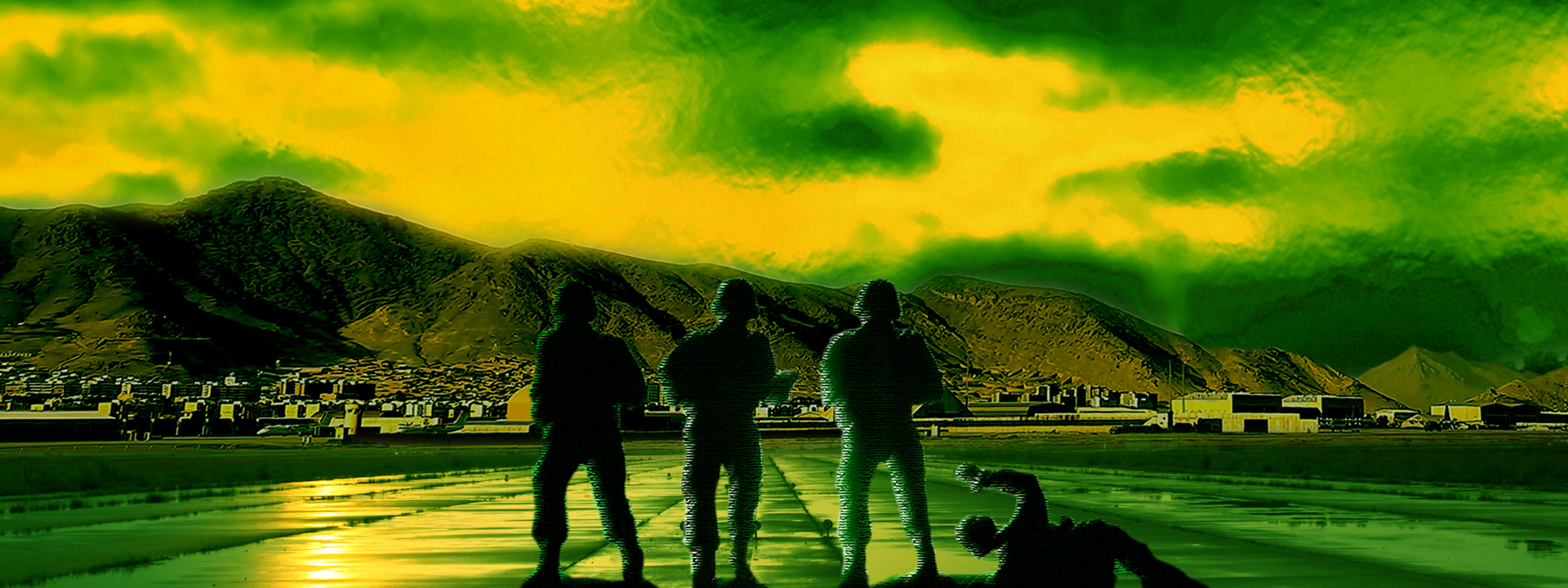Kabul, Afghanistan – The United States has advanced its official military pullout from Afghanistan by less than two weeks, saying its target date for getting its troops home is now 31 August instead of the previously announced 11 September. But Afghans are fast learning not to hold the United States to its announced “schedules.”
Just last week, Afghan officials woke up to find Bagram Air Base – the nerve center of the U.S.’s longest war – deserted, the American troops apparently having left it without coordinating with their local counterparts. Slipping out of the base in the wee hours of Friday last week, the U.S. Army and their allied soldiers shut off the water and electricity supplies. The pitch darkness at the base gave locals the idea that the Americans had left.
Located some 50 kms north of Kabul, Bagram Air Base at its peak housed thousands of troops and allied forces, and had all kinds of sophisticated equipment, including a robust air-surveillance system. But what looked like a city within a city during its heyday now lies abandoned and reeking of rotten food and expired MREs (Meal ready-to-eat).
“When the Americans withdrew from Bagram on Thursday night (actually early Friday, 2 July), the first thing they did was turn off their phones,” said Bagram District Police Chief Shaiq Sanjani. “Major Jimmy, our contact from inside the base, was unreachable and his phone switched off. We had a huge information vacuum and nobody told us whether they are inside or gone. We also noticed a lot of helicopters hovering over the base at night. It was quite unusual.”
In a press briefing Tuesday, however, Pentagon Spokesperson, John F. Kirby explained that the U.S. Department of Defense had withheld the specific details of the U.S. troops’ departure from its largest base in Afghanistan for security reasons.
According to Kirby, U.S. officials had already briefed their Afghan military and civilian counterparts about their intention to fully withdraw the troops 48 hours in advance. They even conducted a thorough walkthrough of the base to acquaint the Afghan officials of some of its facilities, Kirby said. But he said that they did not specify when exactly they were leaving due to concerns that the Taliban may attempt to foil their exit.
“Obviously,” said Kirby, “for operational security reasons, we didn’t go into the exact hour at which all U.S. forces would leave Bagram.”

January 2018. A father and his children wait for help in a refugee camp in Afghanistan. According to ReliefWeb, as of 2018, over half of the people displaced by the war in Afghanistan have been displaced at least twice, compared to just 7 percent five years before.
Vague heads-up
This sentiment was echoed by the new commander of Bagram Airfield, General Mir Assadullah Kohistani, who explained that in military terms, the timelines are often kept a secret for safe movement.
“The handover between the U.S. Army and MoD (Afghanistan’s Ministry of Defense) logistics staff started two months ago,” the general said. “But we didn’t know exactly when they will depart. They had already started their departure in a phased manner. It is always the toughest for the last group to leave. I think that is why they preferred to keep their departure time a secret. It is not a big deal because we already knew about it.”
“They contacted us at 18:00 (6 p.m.) the night before and asked us to secure the base outside, the mission we completed by 19:15,” he added. “We had no contact after that. Next morning we heard rumors that the Americans had left. By seven a.m. next morning, it was confirmed that they had already departed.”
According to Kohistani, the security situation is completely under control as Afghan forces have now fully secured the base from outside and within.
“We have good enough soldiers inside and mobile patrol outside,” he said. “We have also received some additional troops from the Chief of Staff and the Ministry of Interior. We have enough for now and will continue to finish the deployment, after which the higher headquarters will decide how to use the facility and which units would stay here.”

An Afghan guard patrols the periphery of Bagram Air Base on foot. Just last week, Afghan officials woke up to find the military facility – the nerve center of the U.S.’s longest war – deserted, the American troops apparently having left it without coordinating with their local counterparts.
Afghan troops’ growing security burden
Yet while the base inside and outside now seems secure and airtight, there are certain ground challenges that the officials need to solve to overcome security lapses – like the one that occurred shortly after the U.S. troops left Bagram Air Base.
Kohistani confirmed that before Afghan troops could completely take over the base, some young locals had managed to go inside it and had taken a few small items. None of the important equipment was stolen, though, he said.
“Since we had already deployed soldiers outside, we prevented them from entering inside,” said the general. “But some small children, between the ages of eight and 16, managed to climb up the wall and steal small things like MREs and bottles of water. Fortunately we caught them all. The main gates were closed so no heavy machinery or equipment was stolen.”
Still, he conceded that the Afghan troops’ security burden has just gotten heavier. Said Kohistani: “When the U.S. Army was here, they effected the security situation very well. But now, there are gaps that we need to fill. For example, they had balloons, cameras, drones, the aircraft, and the air patrol. But now we have to do all of that on the ground, which is very different and challenging. We need to now do things physically that we once did technically.”
Bagram Police Chief Sanjani, for his part, said that the sudden exit of U.S. troops will not cause any security problem within Bagram. After all, he pointed out, for the last one year, the U.S. Army did not work on the ground with police officials following the signing of the 2020 peace deal between the United States and the Taliban.
The agreement had gone through rigorous negotiations and addressed four main issues: ceasefire between negotiators, i.e. the Taliban, U.S., and the Afghan forces; withdrawal of foreign troops within 135 days; intra-Afghan negotiations; and the assurance that Afghan soil would not be used for terrorism purposes.
The United States has also said that it is not totally abandoning Afghanistan despite the withdrawal of its troops. Pentagon Spokesperson Kirby said in a recent press conference: “Our commitment to the future of a stable and secure Afghanistan has not changed. It’s just going to look different. We’re just not going to be on the ground the way we are now.”
At Bagram, some residents of the district even say that the U.S. troops’ departure from the airfield makes no difference in their lives. A shopkeeper who declined to be named said, “We trust the Afghan forces. They are doing their best to protect us. It is because of them that we have some security. The Americans didn’t help us when they were inside (Afghanistan); they cannot help us from outside. It is our country and we will defend it.”

Sources: Population data from https://www.unfpa.org/
The rest of the data, as of July 3, 2020, from https://reliefweb.int/
The Taliban specter
And yet, there is no denying the threat of the Taliban, which now seems to be gaining more territory every day. In fact, Afghan soldiers who went to secure Bagram Air Base after the U.S. troops left initially thought that the Taliban had arrived when they heard about the base being looted. They turned out to be wrong, but just the idea of the Taliban being in Bagram once more has some locals worried.
Shopkeeper Jan Agha Rasooli, for one, still remembers how it was when the Taliban walked the streets of Bagram in the 1990s. He recalled, “I have a very bad experience when Taliban came here. They lashed me 100 times with a thick cable. My fault? I was a Tajik. If the Taliban come here, you cannot even walk outside. They are brutal.”
Unfortunately, after the U.S. Army withdrawal from key districts in Afghanistan, the Taliban began to advance. Today they control almost a third of the country’s 421 districts – with little resistance from the Afghan National Army. In most of the districts taken over by the Taliban, Afghan soldiers have been forced to surrender while many residents have chosen to abandon their homes and flee.
Kohistani said that in some villages, the tribal leaders have good contact with the Taliban or are under pressure to convince soldiers to leave the area in exchange for safe passage. The general then noted, “We are here to serve the people. If they don’t want us there, for sure we don’t want to be there either. So, the headquarters take the decision to evacuate the soldiers from such districts and bring them back. Some districts fell like that.”
But Kohistani is confident that the Afghan forces will be able reclaim the lost territories and secure the existing ones by starting an offensive operation in places that are strategically and economically important.
“If we talk about Bagram, it is a strategic area,” he said. “So it doesn’t matter how expensive it would be for us, we have to defend it. We are completely prepared to fight till the last soldier.”
 Counting on locals
Counting on locals
Then again, in the two decades of U.S.-led war, the Afghan security forces had often struggled with manpower and funding shortages.
Bagram Police Chief Sanjani himself admitted to having only 108 personnel to protect and secure Bagram district’s more than 250 small and large villages.
“Of these 108 people, some are away to help with ongoing fighting in other parts of the country, some are sick, and some of them are on leave,” Sanjani said. “Our security forces are overworked. We really need the government to give us more people.”
Afghan security forces, however, may well turn to tapping locals to mitigate the manpower and financial gaps, as they had done in the past. Said General Kohistani: “When I took the charge of this division eight days ago, I called all the civilians and tribal leaders. We discussed the importance of Bagram and its security with them. They promised that they will stand with us. So, when we want to expand our units in the future, we will employ young boys as soldiers who can earn a living and defend their country.”
Sanjani also pointed out that the people are very supportive. He promised to gather 500 armed men in a short period of time, if required.
One of them could be 45-year-old Rasooli, the shopkeeper. He said, “If the Taliban came and attacked us, people would be ready to pick up guns and fight alongside the Afghan forces.” ●
Kanika Gupta is a writer based in New Delhi, India and works out of Kashmir and Afghanistan. She reports on culture and human interest stories from conflict regions.



















